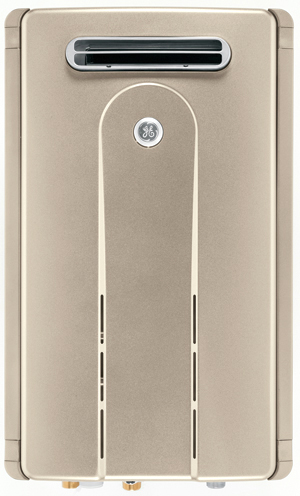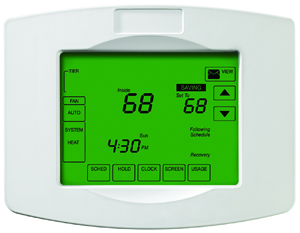Did you know that the heating and hot water system you choose for your log home will contribute to over 50 percent of your yearly energy bill? That fact alone—not to mention any cooling costs—should make log home owners take a step back and put some careful considerations into the water and HVAC systems that will go into their new abodes.
Fred Ruckel of New York isn’t taking any chances with his new log home. Ruckel, a marketing and advertising professional who also runs the website www.greenloghome.com, says his home will incur little or no energy costs, thanks to the alternative systems that he and his wife selected for the structure.
“When researching alternatives such as natural gas and electric heat pumps we discovered geothermal heating and hot water systems,” Ruckel explains. “Apart from initial installation costs [which are slightly more expensive than traditional heating and hot-water systems], the energy consumption of using a geothermal system [if using on-grid electricity] could save as much as 70 percent [compared to heat and gas] on yearly energy bills.”
Other good options, according to the U.S. Department of Energy, are tankless water heaters. More energy efficient, these heaters can save as much as 20 percent per year compared to those conventional tank water heaters. Plus, they last an average of 5-10 years longer.
Cooling Things Off
Cooling your home is another issue to consider, particularly if the structure is being built in a region where the temperatures climb in the summer. Approximately 15 percent of the electricity generated in the United States is primarily used for running air-conditioning units that keep buildings cool. “It is a good idea when installing a new air-conditioner to find the most energy efficient rating to optimize the performance of your cooling equipment,” says Ruckel, whose own research indicates that Energy Star-qualified air conditioners have a higher “seasonal energy-efficiency rating” (SEER) than standard models, which makes them about 14 percent more efficient. “A better rating will promote cleaner air, help to control global warming, and enhance the comfort of your home.”
Basements also count when it comes to energy conservation, according to Ruckel, whose log home is insulated on the outside of the structure (versus the more traditional, inside insulation approach). “By constructing the basement in this fashion, heat won’t be able to escape and the home maintains itself in its own environment,” says Ruckel. “It also helps us avoid that musty, damp feeling that most basements have.”
To conserve water and save money, the Ruckels are using low-flow toilets throughout their home, and have installed a water management system that allows rainwater to be channeled and fed across their entire property (thus avoiding the house). “Our roof sheds almost 4,000 gallons of water in just a one-inch rainstorm, which isn’t that uncommon here in the Catskills,” says Ruckel. “To capture that, we have underground, 500-gallon cisterns that allow the water to run out underground while keeping the ground around the home moist.”

Lay of the Land
In areas where water conservation is vital, Jim Young, president at PrecisionCraft Log Homes in Meridian, Idaho, says homeowners should consider both the interior and exterior of their abodes when conserving and capturing rainwater (for irrigation and other purposes). He sees low-flow toilets and fixtures as good bets for homeowners looking to “go green,” and says the best time to start thinking about such items is during the home’s design phase.
“When your designer is writing out the specifications for your home, you want him or her to be thinking about what different ‘green’ options there are, and how they can beincorporated into the construction phase,” says Young. “Don’t wait until the end of the process to tell the builder that you’re considering the capture of water runoff. Bring it up early.”
Because as much of the energy used in your home goes to heating and cooling, making smart decisions about your log home’s heating, ventilating and air conditioning (HVAC) system can have a big effect on your utility bills—and your comfort. Here are some additional tips (advice from Energy Star) that you can use to ensure that you (and the environment) are getting the most advantages from your equipment:
Check your filter every month, especially during heavy use months (winter and summer). If the filter looks dirty after a month, change it. At a minimum, change the filter every three months. A dirty filter will slow down airflow and make the system work harder to keep you warm or cool—wasting energy. A clean filter will also prevent dust and dirt from building up in the system—leading to expensive maintenance and/or early system failure.
Tune up your HVAC equipment yearly.
Just as a tune-up for your car can improve your gas mileage, a yearly tune-up of your heating and cooling system can improve efficiency and comfort.
Install a programmable thermostat.
A programmable thermostat is ideal for people who are away from home during set periods of time throughout the week. Through proper use of pre-programmed settings, a programmable thermostat can save you about $180 every year in energy costs.
Seal your heating and cooling ducts.
Ducts that move air to-and-from a forced air furnace, central air conditioner or heat pump are often big energy wasters. Sealing and insulating ducts can improve the efficiency of your heating and cooling system by as much as 20 percent—and sometimes much more.

